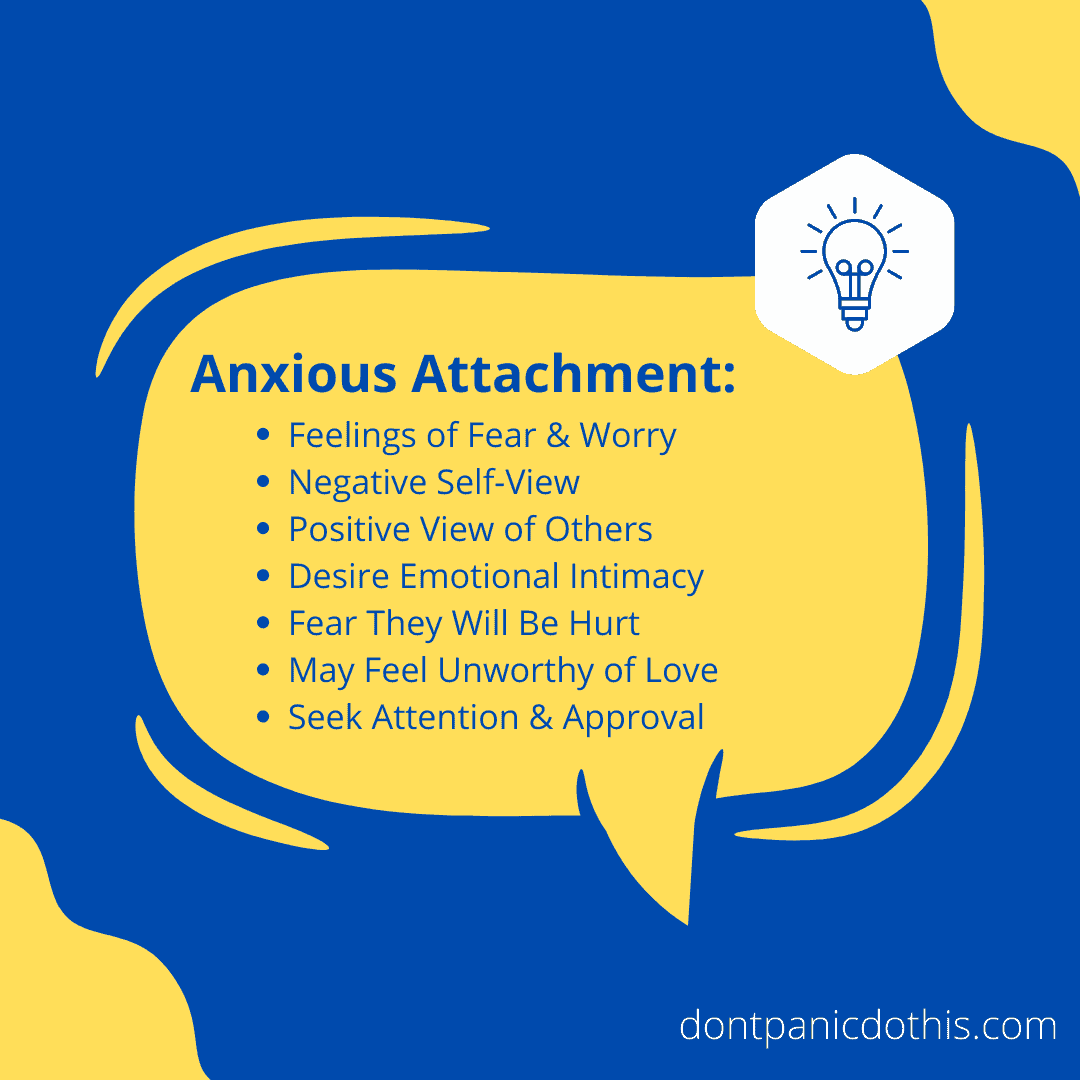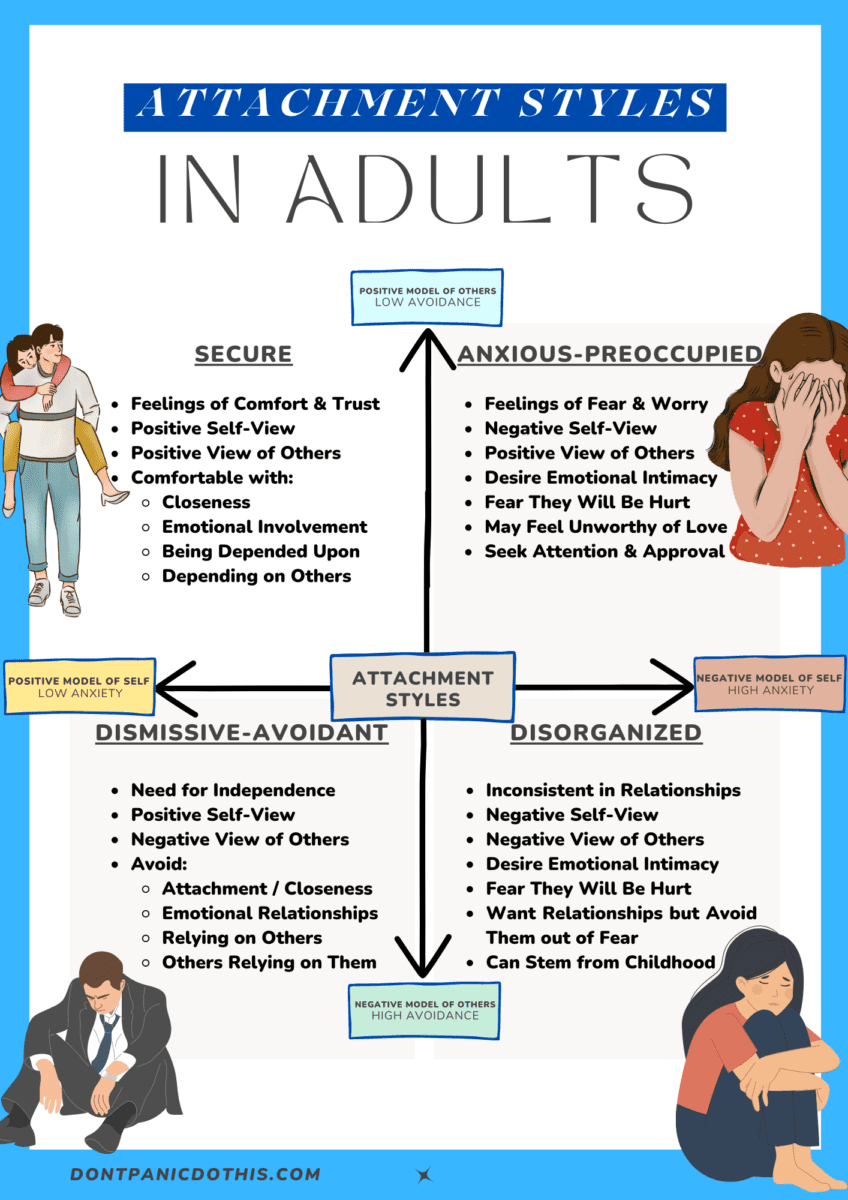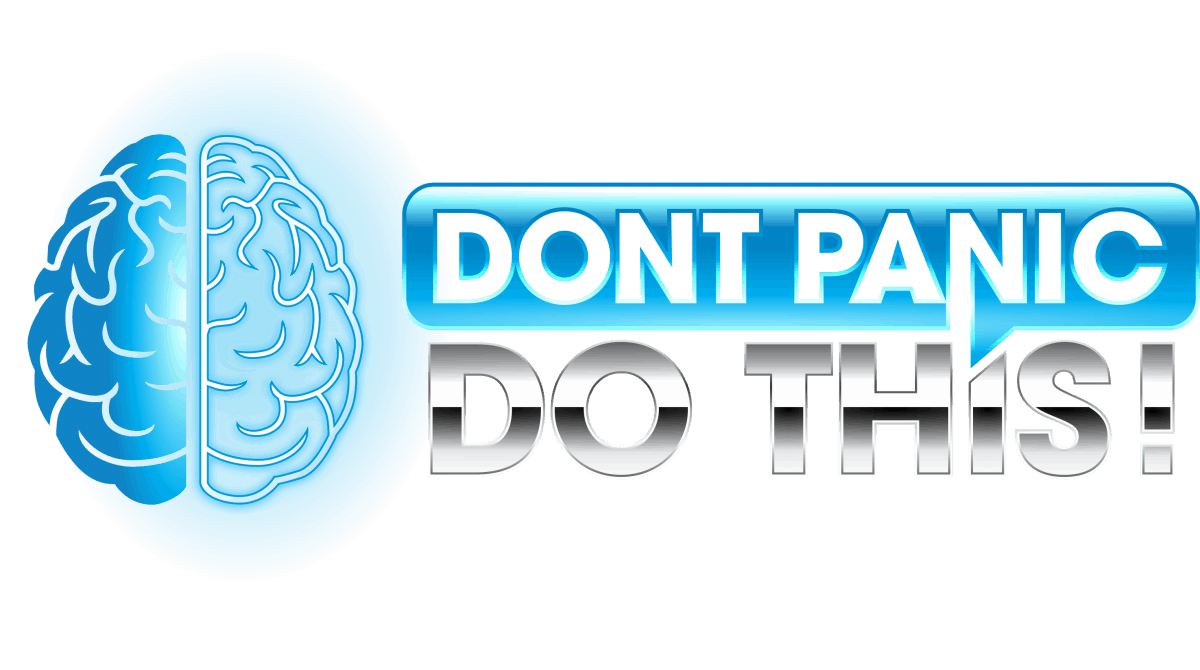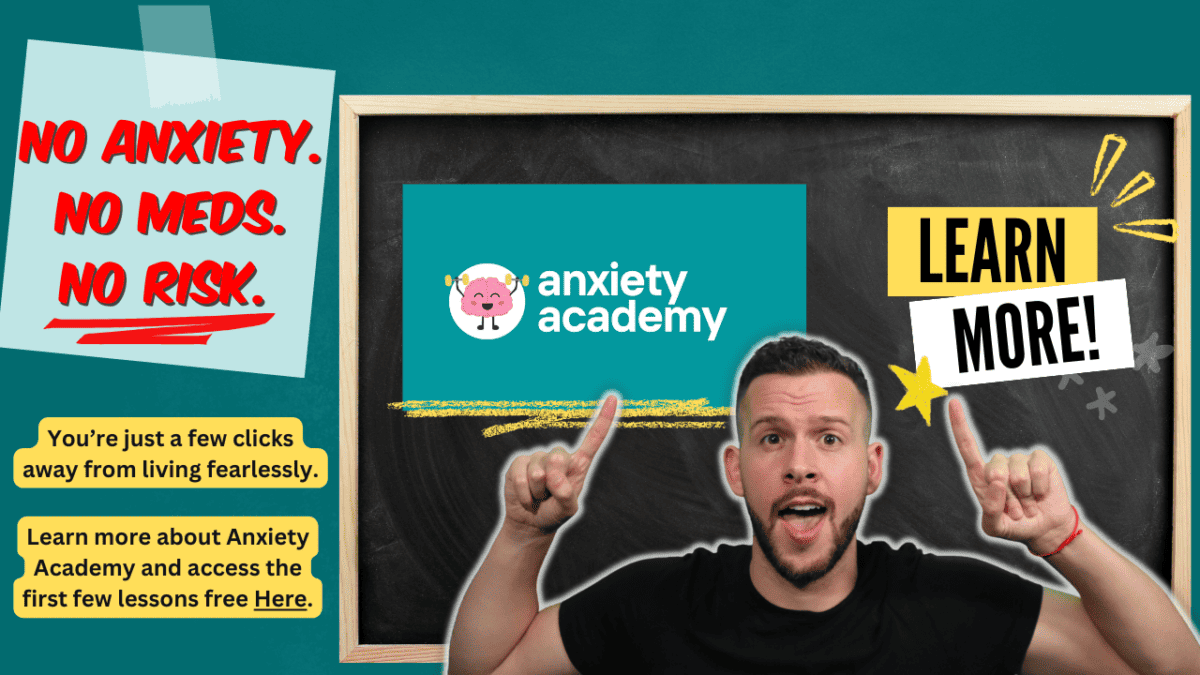Healing an anxious attachment style is important for maintaining healthy relationships. Anxious attachment is an insecure attachment style often stemming from inconsistent parenting during childhood. In this article, we’ll discuss how to go about healing anxious attachment to enjoy healthier interpersonal relationships.
Healing Anxious Attachment Style in Relationships
It’s six o’clock pm on a Wednesday.
You sent your crush a risky text four hours ago and have been left on “Read” since.
Knots start to tangle in your stomach as your breathing becomes strained.
Did I go too far? S***, I blew it. They liked me and I ruined everything! They must be texting someone else – their ex, probably… or someone new? Someone better looking!? Should I text them a “Jk?” Or maybe a peach emoji? What if they didn’t see my first two texts? Okay, I’ll just send another over…
- Anxious texters everywhere
If the above scenario sounds completely crazy to you, good news – you probably don’t have an anxious attachment style in relationships.
If the above scenario feels eerily relatable – well, I may be able to help…
What is an Anxious Attachment Style?
An “anxious attachment style” is one of four main attachment styles that guide the way we interact with others in our interpersonal (especially romantic) relationships. It often stems from inconsistent or insensitive parenting from a young age.
People with an anxious attachment style in relationships often feel like something bad will happen between them and their partners. They may be afraid that they are not loved or will be abandoned. Anxious attachments are characterized by patterns of insecurity, poor self-esteem, and difficulty with intimacy. This may not only impact one’s relationships, but also one’s work life and mental health.

5 Steps to Healing an Anxious Attachment Style
It can be difficult to heal an anxious attachment style because it’s a learned pattern of behavior with roots as deep as childhood. However, there are some ways we can go about healing anxious attachment to overcome the fear of abandonment:
Step 1: Introspection (Why am I Like this?)
A bit of introspection can go a long way here. Take some time to think back about your childhood and past relationships – romantic and otherwise. Anxious attachment often stems from our earliest child-caregiver relationships, but toxic relationships later in life can also play a role. Have you felt hurt, uncared for, or abandoned in the past? Try to identify the cause of these feelings, and remind yourself that this is a new person who has (hopefully) given you no reason not to trust them.
Healing an anxious attachment style becomes much easier when we understand where it is coming from.
Step 2: Don't Let Emotions Guide Your Decisions
Remember our earlier example of someone with an anxious attachment style texting their crush? Yeah, the crazy quirky one.
Jokes aside, this is very common for someone with an anxious attachment style in relationships. The problem is, people with anxious attachment styles tend to be more emotional than their secure and avoidant counterparts. Emotions have a tendency to override logic, causing us to do and say things that we later regret.
Rather than rapid-fire texting their crush, the person in our example should have taken a moment to think logically about the situation…
Perhaps their crush:
- Was busy driving home from work.
- Was talking on the phone with family.
- Had their phone die on them.
- Is just as anxious as them and thinking of a response.
- Got distracted by a cool dog at the park.
It’s easy to make up fake worst-case scenarios in our heads. It’s just as easy to think up some logical explanations, override the emotional part of our brain, and be patient.
Step 3: Find Someone with a Secure Attachment Style
Ever hear the term “universal donor” when donating blood?
Well, people with secure attachment styles are kind of like “universal daters.” Because of their healthy mindset with regard to dating, they're typically the best choice for anyone with an insecure attachment style. They can help balance out your… quirks.
Take it from someone who has traditionally been dismissive-avoidant in past relationships – someone with an anxious attachment style needs to be with someone who trusts them without pushing them away.
Step 4: Be Transparent With Your Partner
If you’re reading this article, you obviously have some insight into the way your mind works. Your partner, however, may not yet understand the way your mind works.
Help them, and yourself, out by speaking to them about your anxious attachment style in relationships. Explain to them that, from time to time, you may need a few more reassurances than most people do. Whether that means a few mushy texts each day, or a bit more one-on-one time – let them know how to love you best.
Step 5: Seek Attachment-Based Therapy
Attachment theory is no small field of study – there are therapists who specialize in this stuff specifically. Psychotherapy, in general, is always a great option, but you shouldn’t have too hard a time finding someone who specializes in attachment-based therapy.
This kind of therapist can help you with healing anxious attachment one session at a time. Together, you can work through both childhood emotions as well as current relationship issues.
P.S. For 100+ quick coping mechanisms for dealing with feelings of anxiety, check out my book, Don't Panic, Do This!
The Negative Effects of an Anxious Attachment Style
The ideal, and healthiest, attachment style is the secure attachment style. The other three adult attachment styles are considered “insecure” attachment styles.
As the name implies, there are going to be some negative effects of an anxious attachment style:
John Bowlby's Attachment Theory
According to John Bowlby’s evolutionary theory of attachment, the way that an infant or young child is treated in their first years of life has a direct impact on how they’ll behave in future relationships. Social and emotional development can be stunted when an infant or young child isn’t properly cared for in their early years. Inconsistent or insensitive parenting can lead to attachment issues, causing issues in future interpersonal relationships. [1]
What are the Four Main Attachment Styles?
Developmental psychologist Mary Ainsworth built upon Bowlby’s attachment theory by noting several attachment patterns in infants: secure attachment, avoidant attachment, and anxious attachment. A fourth attachment style, disorganized attachment, was later added. Eventually, this theory was modified a bit and extended to adult relationships, including friendships and romantic relationships. [2]

The Four Main Attachment Styles in Adults are:
Secure Attachment Style: The secure attachment style is the most common style and is characterized by a feeling of comfort and trust. It typically reflects a positive self-view and a positive view of others. Secure adults are comfortable with becoming close, emotionally involved, or depending on/being depended upon by others.
Anxious-Preoccupied Attachment Style: The anxious-preoccupied attachment style is characterized by feelings of fear and worry. It typically reflects a negative self-view, but a positive view of others. Anxious adults desire emotional intimacy but fear their feelings will be unreciprocated; they tend to seek attention and approval from others.
Dismissive-Avoidant Attachment Style: The dismissive-avoidant attachment style is characterized by a need for independence. It typically reflects a positive self-view, but a negative view of others. Dismissive-avoidant adults prefer fewer close emotional relationships, preferring to be independent and without others depending on them.
Disorganized Attachment Style: The disorganized attachment style is characterized by discomfort with emotional relationships. It typically reflects a negative self-view and a negative view of others. Disorganized adults may desire relationships with others but fear being hurt or able to trust them fully.
Why Healing Anxious Attachment is Important
People with an anxious attachment style have a hard time getting close to other people. They generally seek emotional closeness but low self-esteem gets in the way of healthy relationships. Childhood experiences of being abandoned, neglected, or abused can all cause someone to develop an anxious attachment. It’s important to acknowledge that this is a common problem and to seek out a professional who can help with healing anxious attachment over time.


